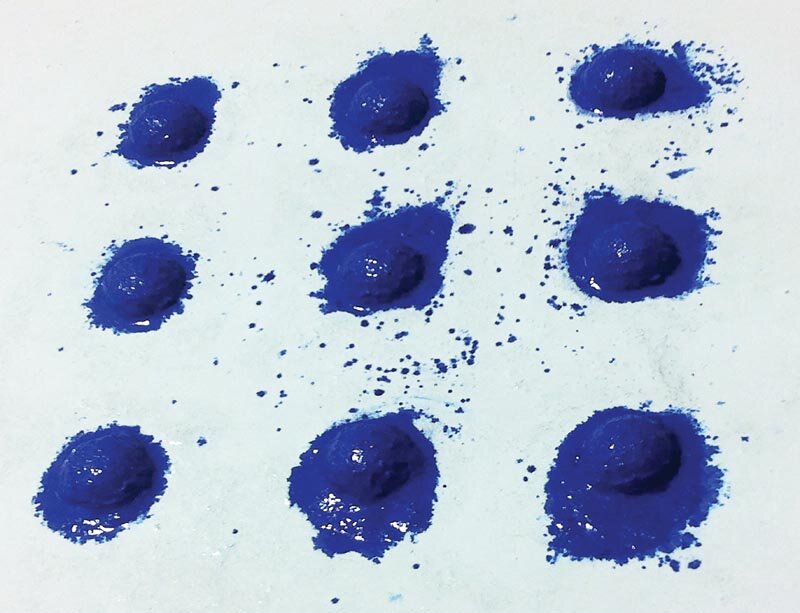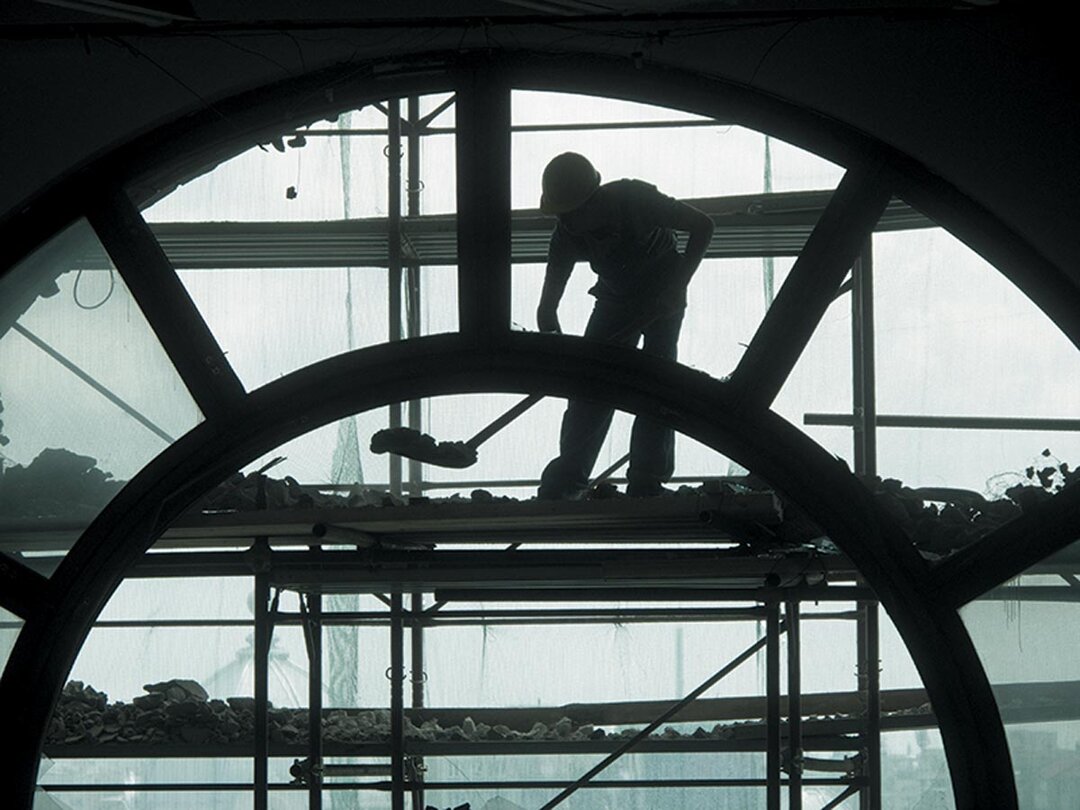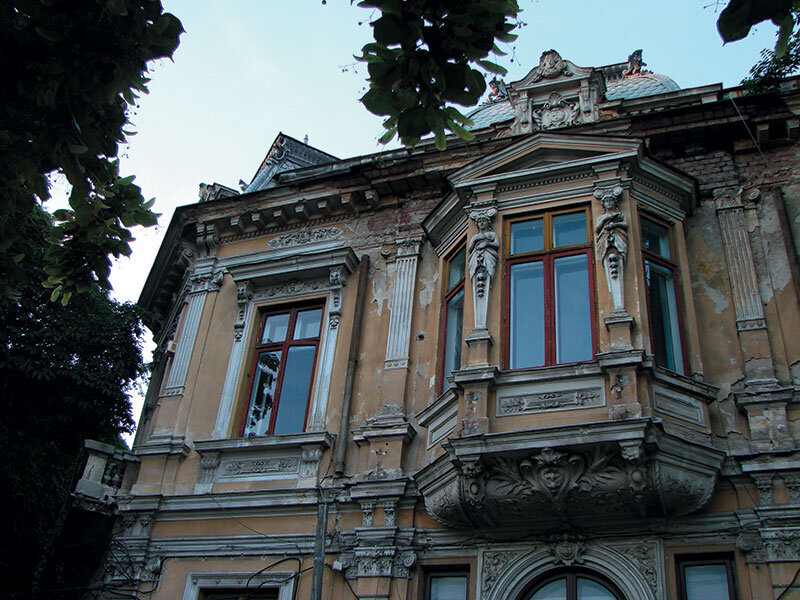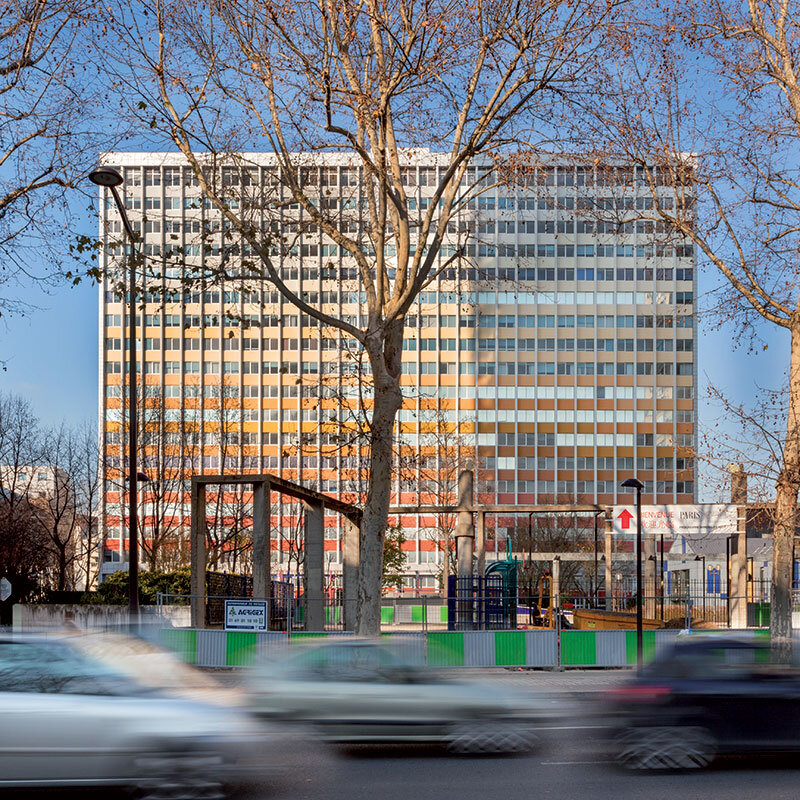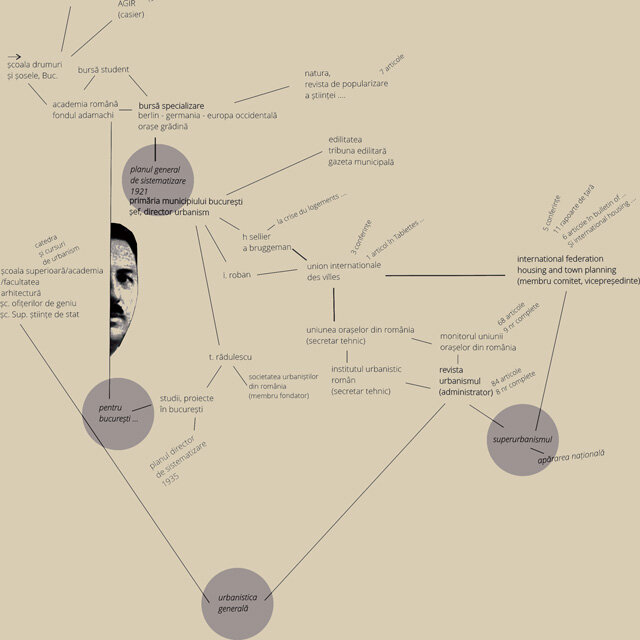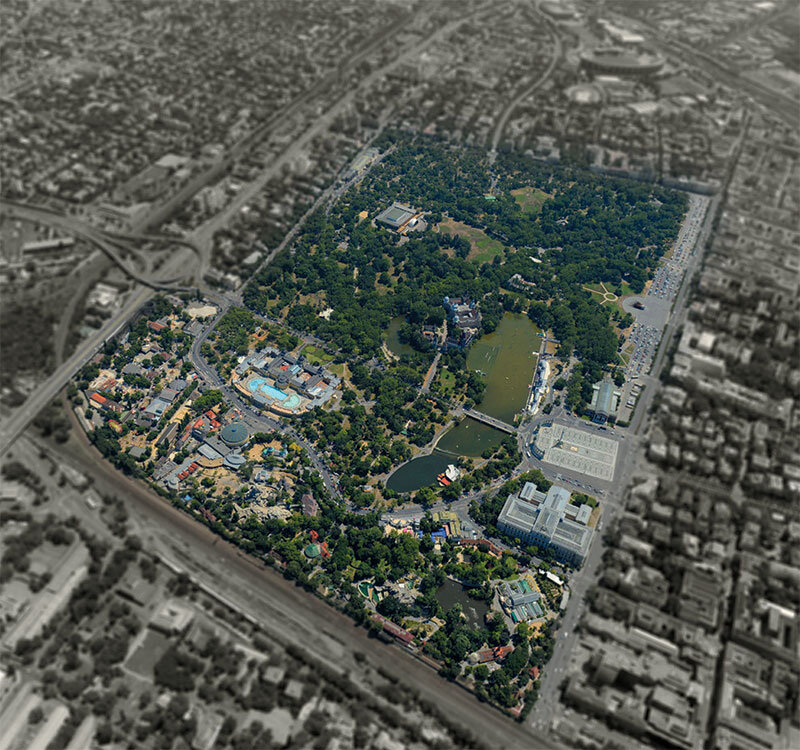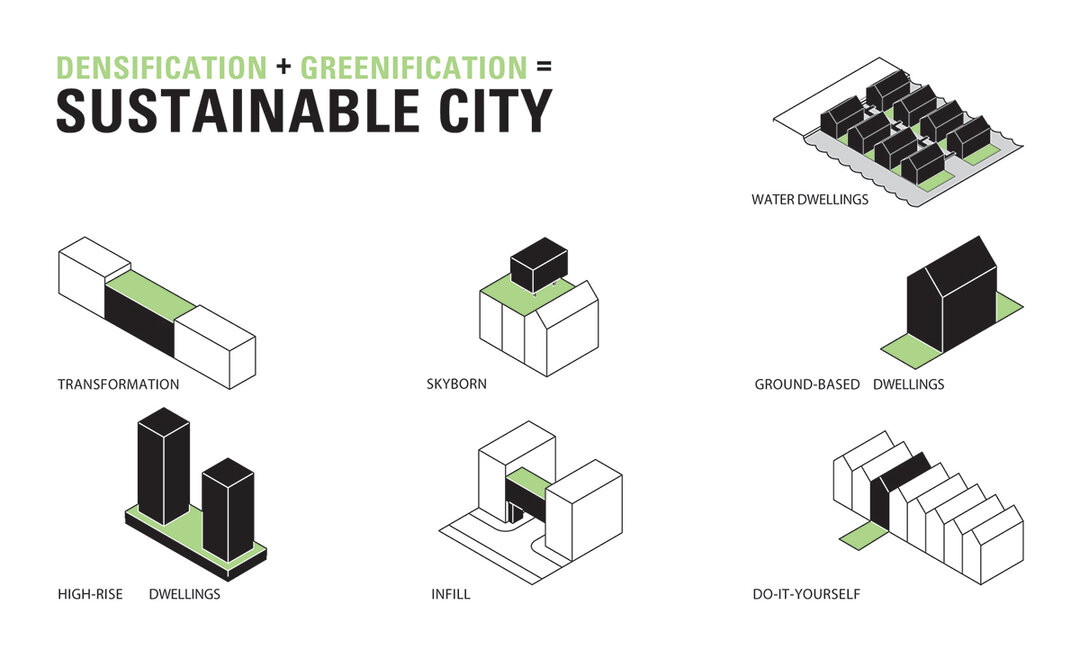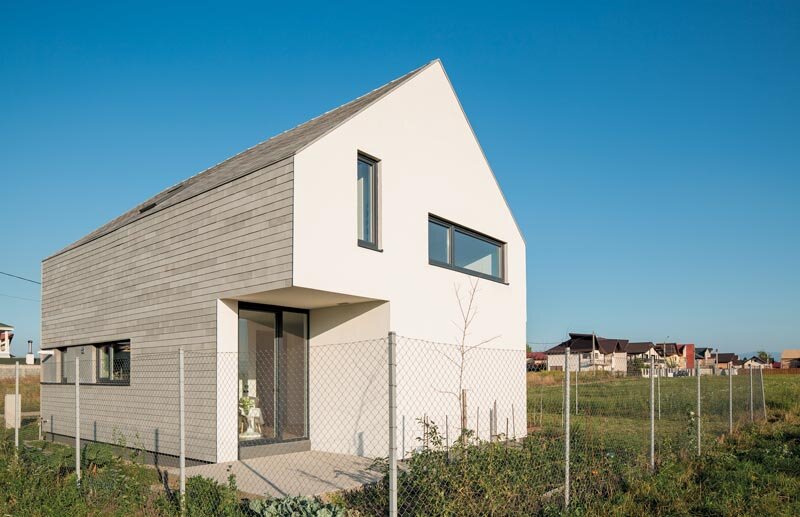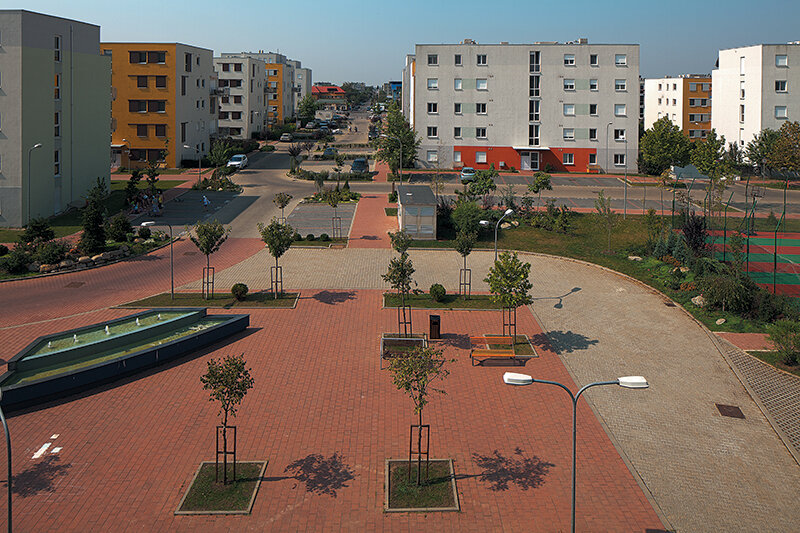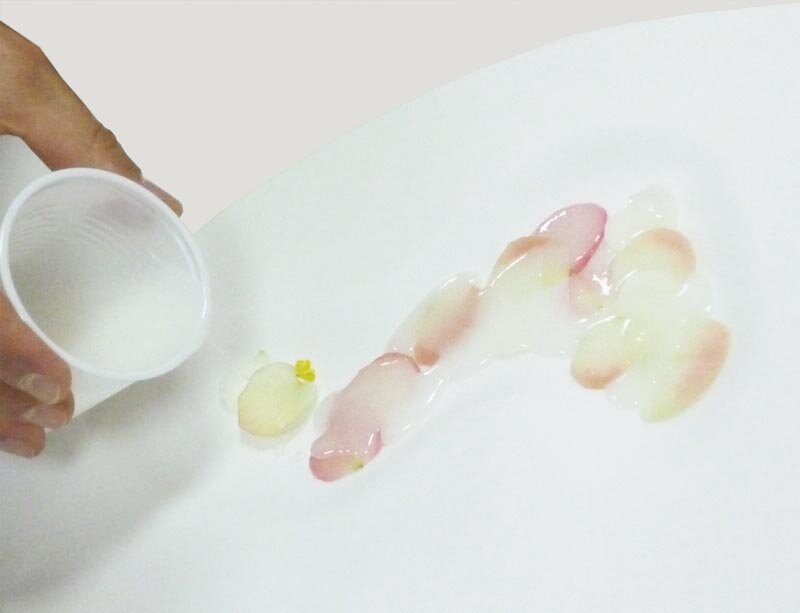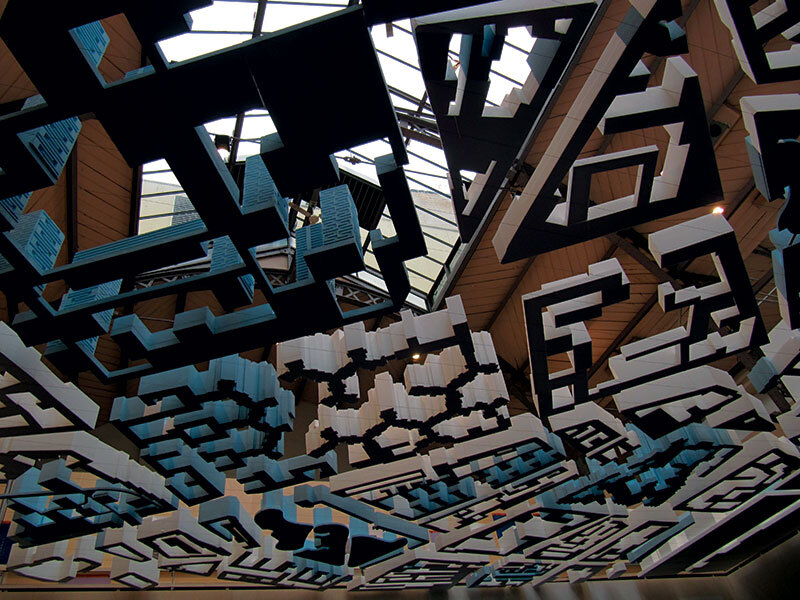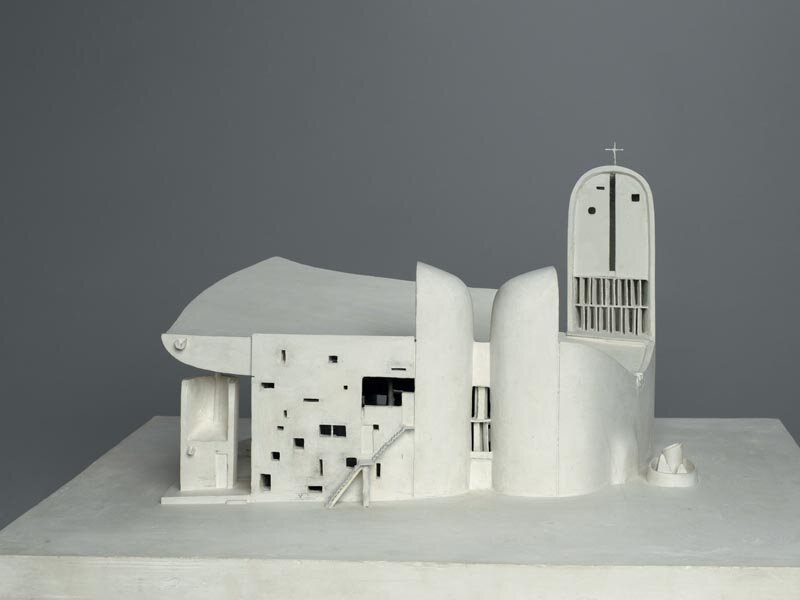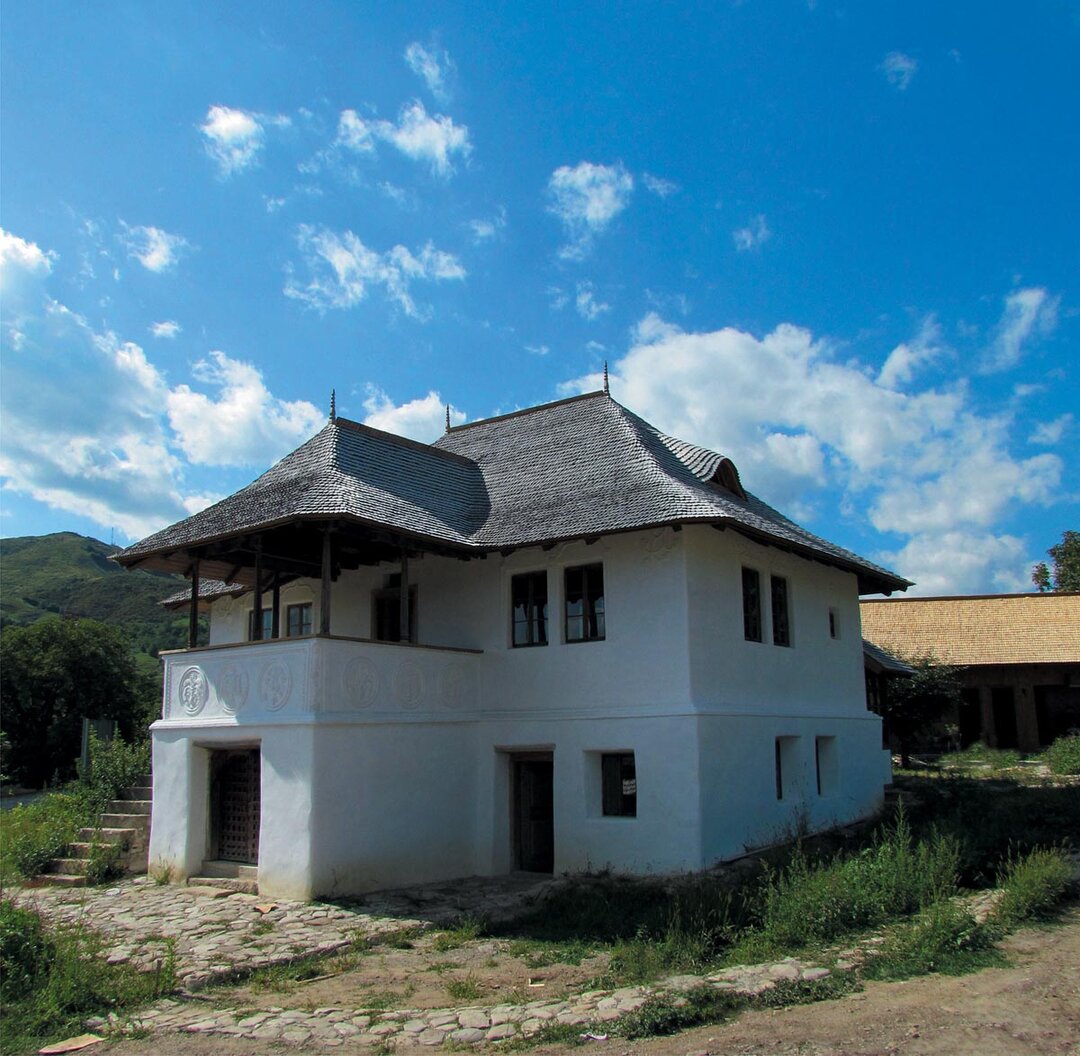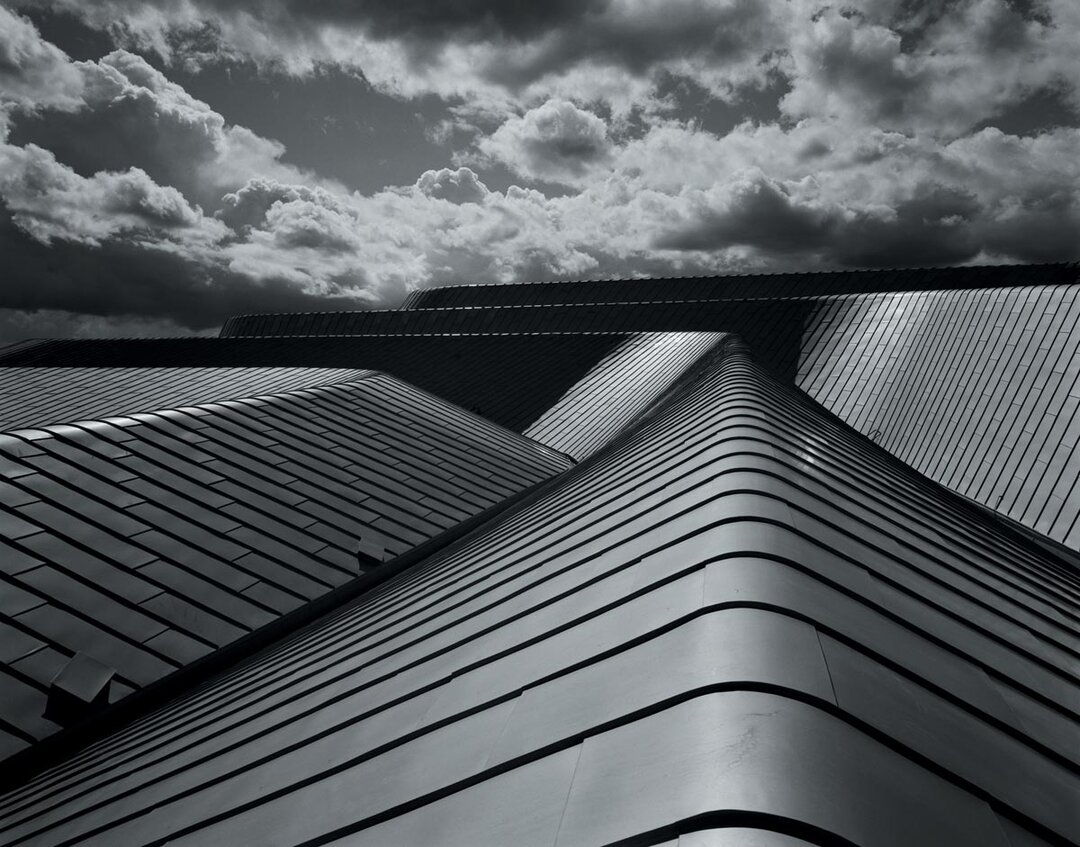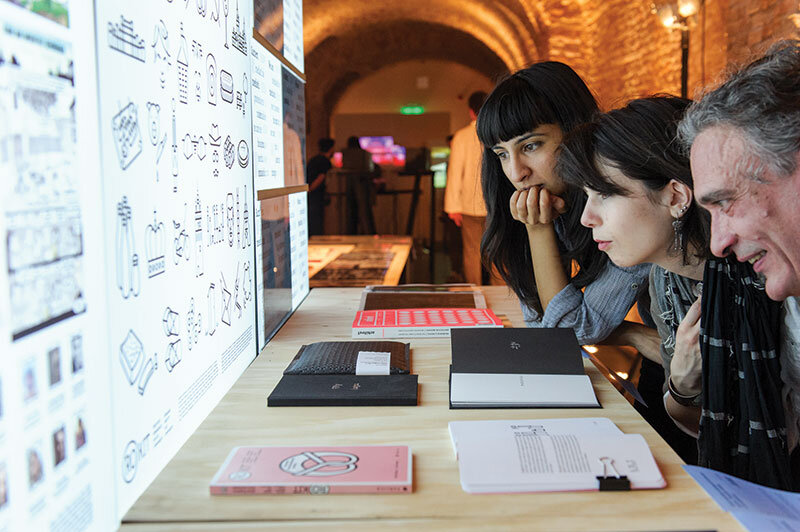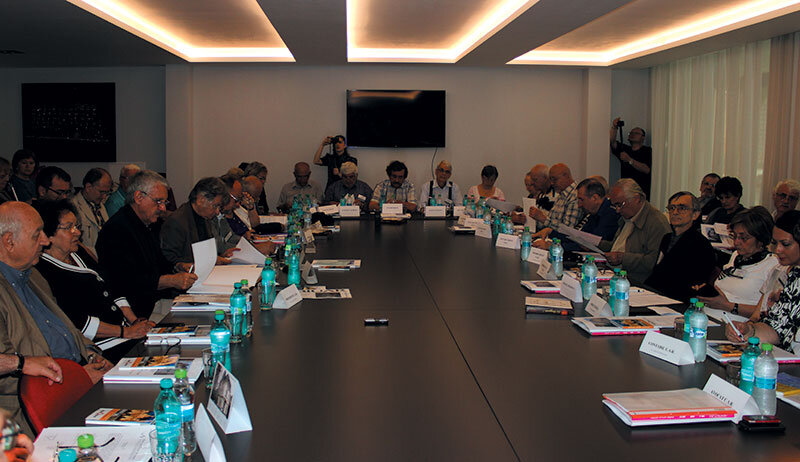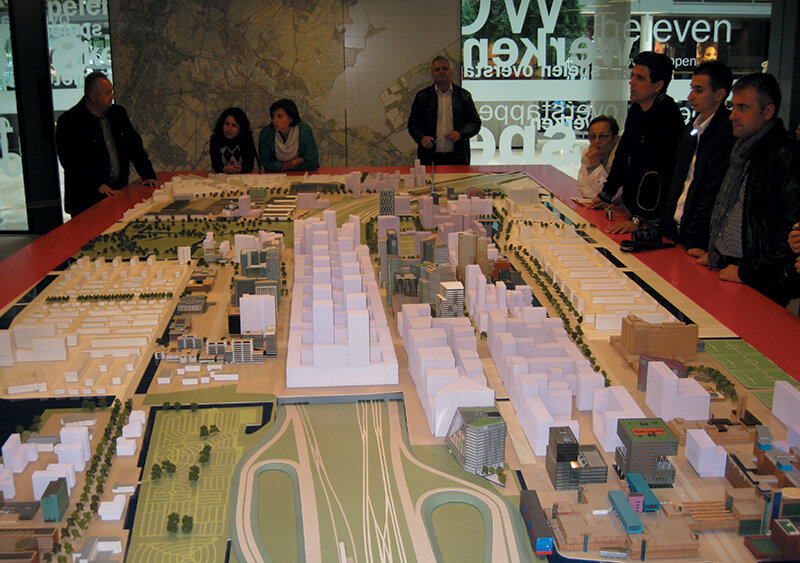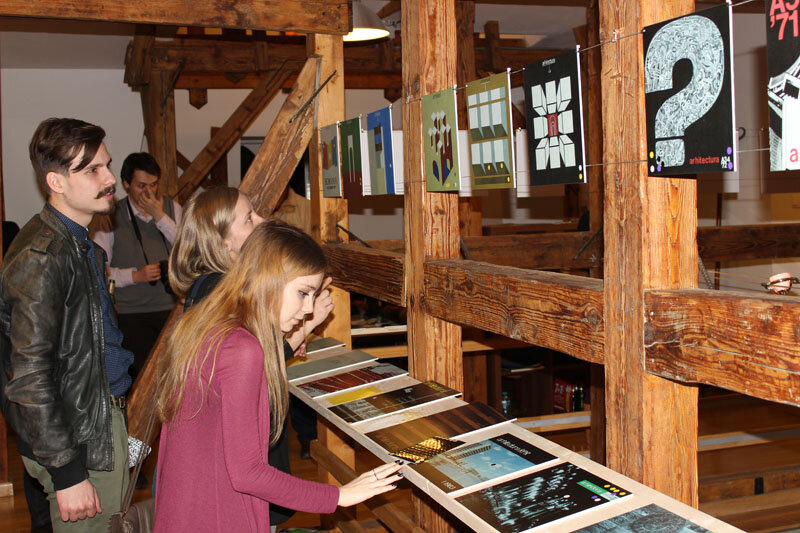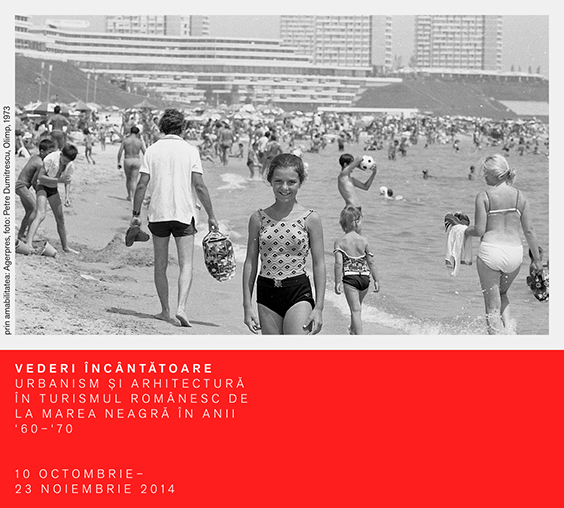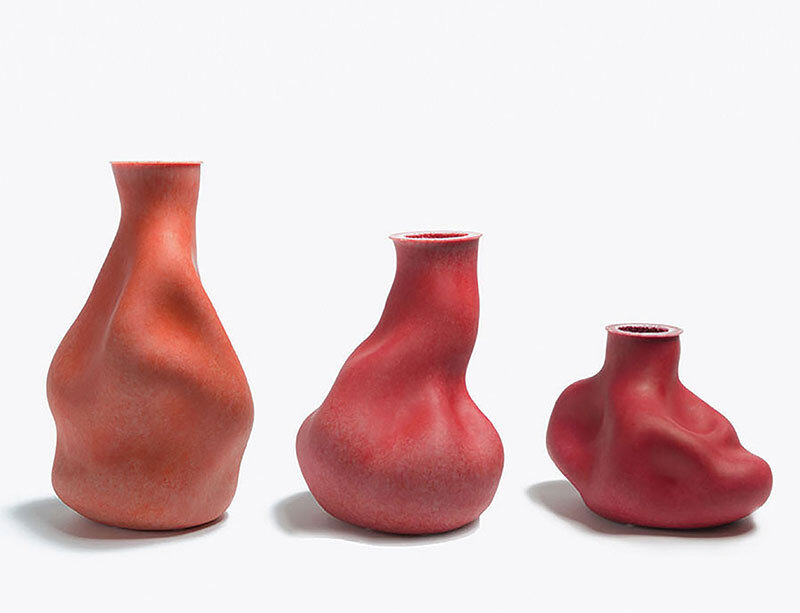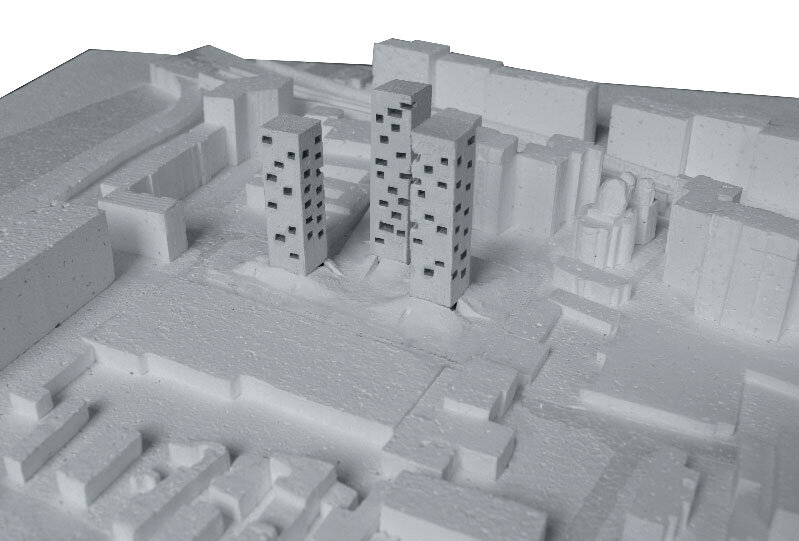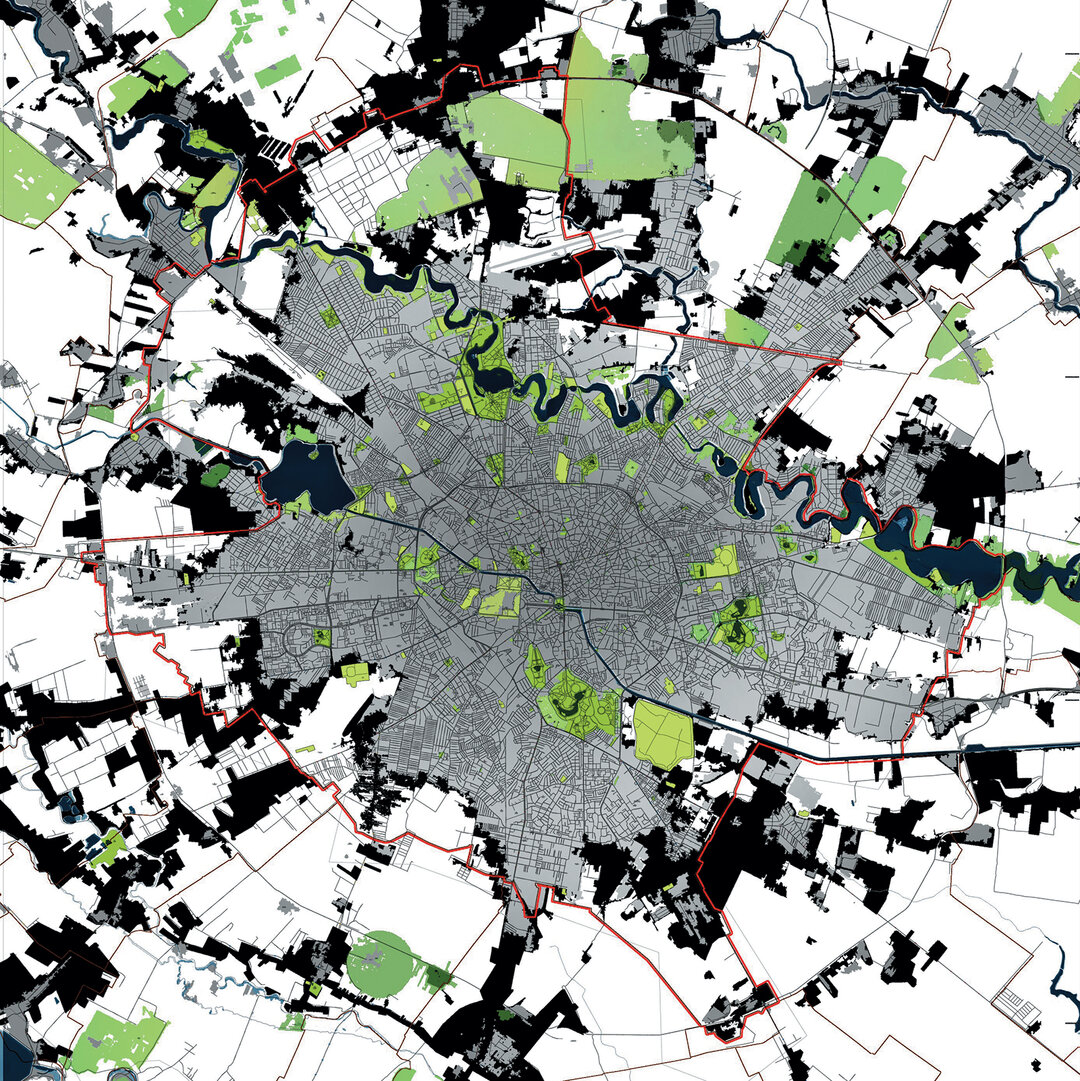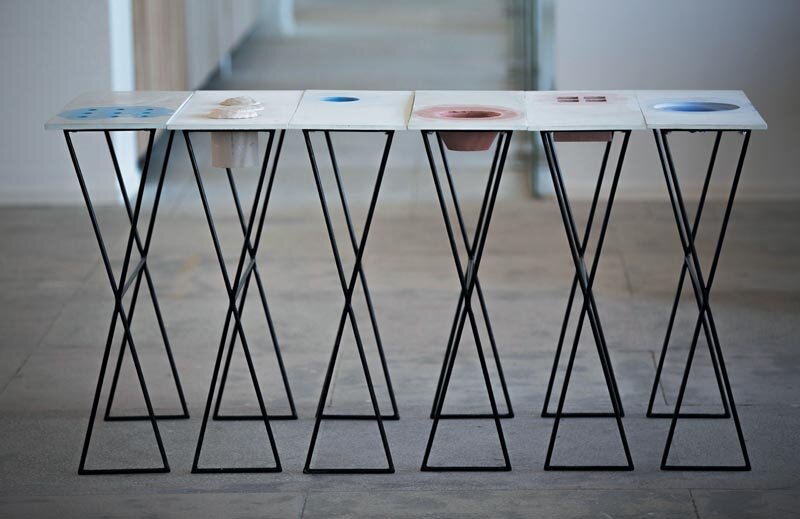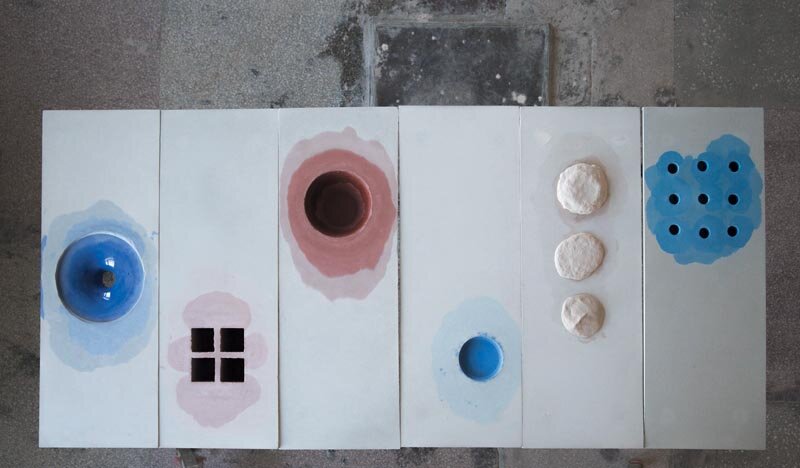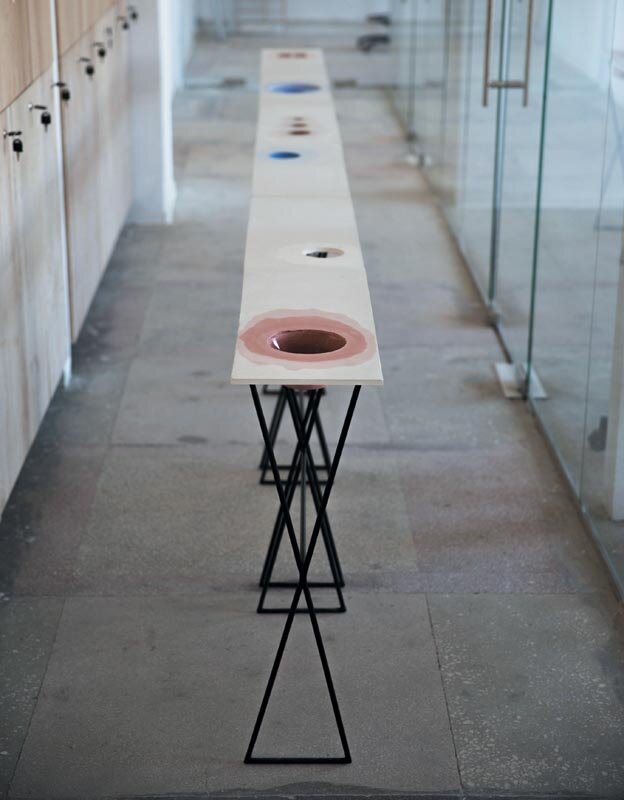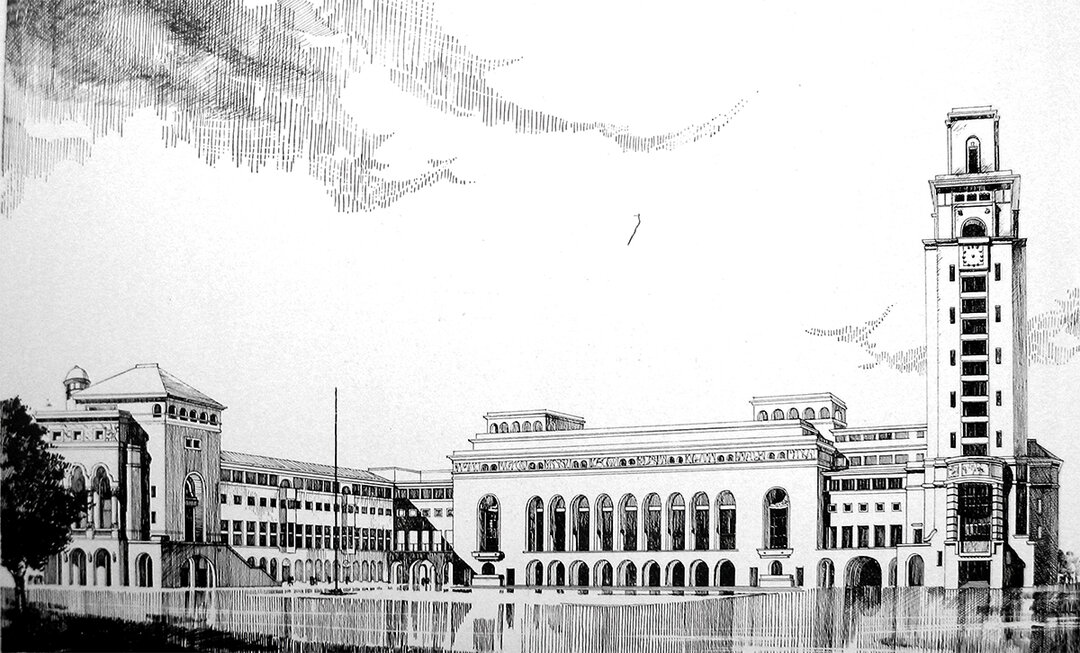
Stardust Architects
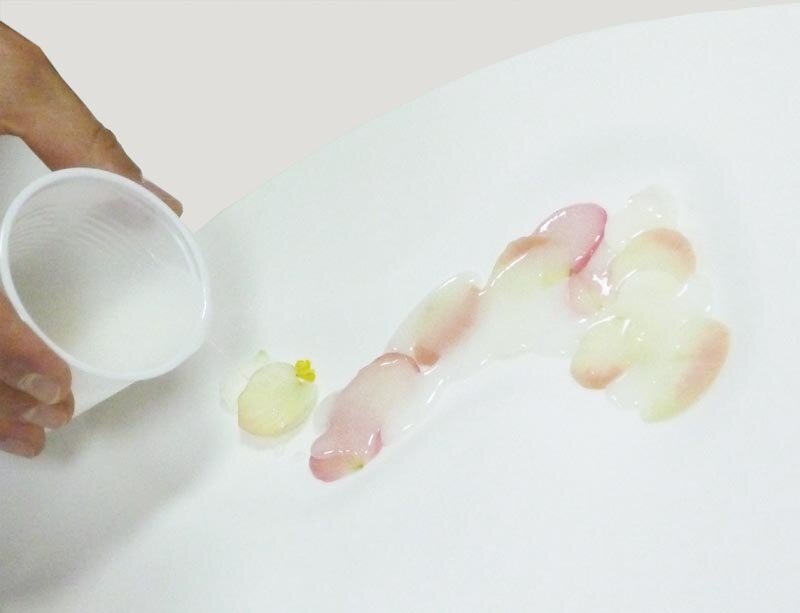
About us. We still find it difficult to identify ourselves as object designers. We are architects, we don't have a design degree and we have learned to think things on a slightly larger scale, responding to precise needs, creating well-defined functions. The experience of doing object design was rather a self-taught process of freeing ourselves from all the proper rules in architecture school. We started to look at "small" things, at a scale that we could control, that did not overwhelm us by its own weight. In 'small' things we looked for experiences, we tried to extract from the objects that make up our everyday scenario the essence of experiences beyond the form of a predetermined object.
Thus, the chair was no longer a chair, but an experience of (solitary) sitting, the sink was no longer a sink, but an experience of the encounter with water, and the table, which in a way followed us a little longer, did not remain just a table, but tried to bring into this encounter around it the memory of a forgotten moment or proposed a new experience that came from outside the family of the furniture object "table". Perhaps the architect contaminated by forms that follow functions tried to look at things anew, with a first, pure glance, unformed by later constructions, and one of the fundamental gestures of removing these constructions was an attempt to renounce function. It seemed restrictive and forced to us to propose a closed function of an object, to limit its possibilities to be used in different scenarios by the potential user/beneficiary. Gradually, following our intuition and the naturalness of our way of working together, we started experimenting with different materials, looking for the poetics of an experience, a desire, a hidden thought and we materialized design happen-objects or maybe they are still experiments and that's all, that want to interrupt a bit the automatic process of using objects, proposing a new experience or just provoking a pause, a breath.
One of our projects (TLP) started from the nostalgia of hardening ephemeral sensations, of provoking time, in an attempt to keep intact something that is destined to disappear. We worked with flower petals and, for a while, we searched for a way to preserve them in an object, taking advice from different people, from flower sellers in George Coșbuc Square to chemists and professors at UNArte. We managed to find a formula and, with the support of Robert Savu and Ekero, we came up with a Corian object in which we embedded flower petals in two-component epoxy resin. We played with the limits of the material in the encounter between the industrial/technological process of production and a kind of manufacturing, an area in which we are very much involved in the production of the object.
Some time later, we conceived a new object (MLC) which, on the one hand, reactualizes a nostalgic gesture of a child playing with the fringes of the tablecloth and, on the other hand, proposes an analogy with the jewelry piercing the leather, reiterating through a silver thread penetrating the corian table the presence of a tablecloth with folds and decorative elements.
Canvas, our latest project, involved a similar process of bringing together an advanced material (polymer cement) with different color pigments and provoking a kind of encounter. Again, we benefited from the support of people like Cristina Budu and Constantin Dobre, who provided us with the material and the framework to put it into action. In addition, they supported our participation with this object at the Milan Furniture Fair. We tried to learn how to work with the material, to get to know it and to understand its limits. We poured it in a very thin layer (1 cm), pierced it with molds of different materials, pigmented it with different colors in gradual intensities, trying to achieve a diffusion of color, a kind of watercolor on a delicate canvas - in the mass of an ordinary material to be used differently.
Under the pressure of the need to categorize it as a piece of furniture, we called it a modular table. Incidentally, one of the questions we encountered most often was about function. "What's it for?", which we inevitably answered with a question: "How would you use it?" I got countless answers suggesting uses I hadn't even considered.
photo: Anca CIOAREC, Brîndușa TUDOR
Read the full text in issue 2 / 2015 of Arhitectura magazine
